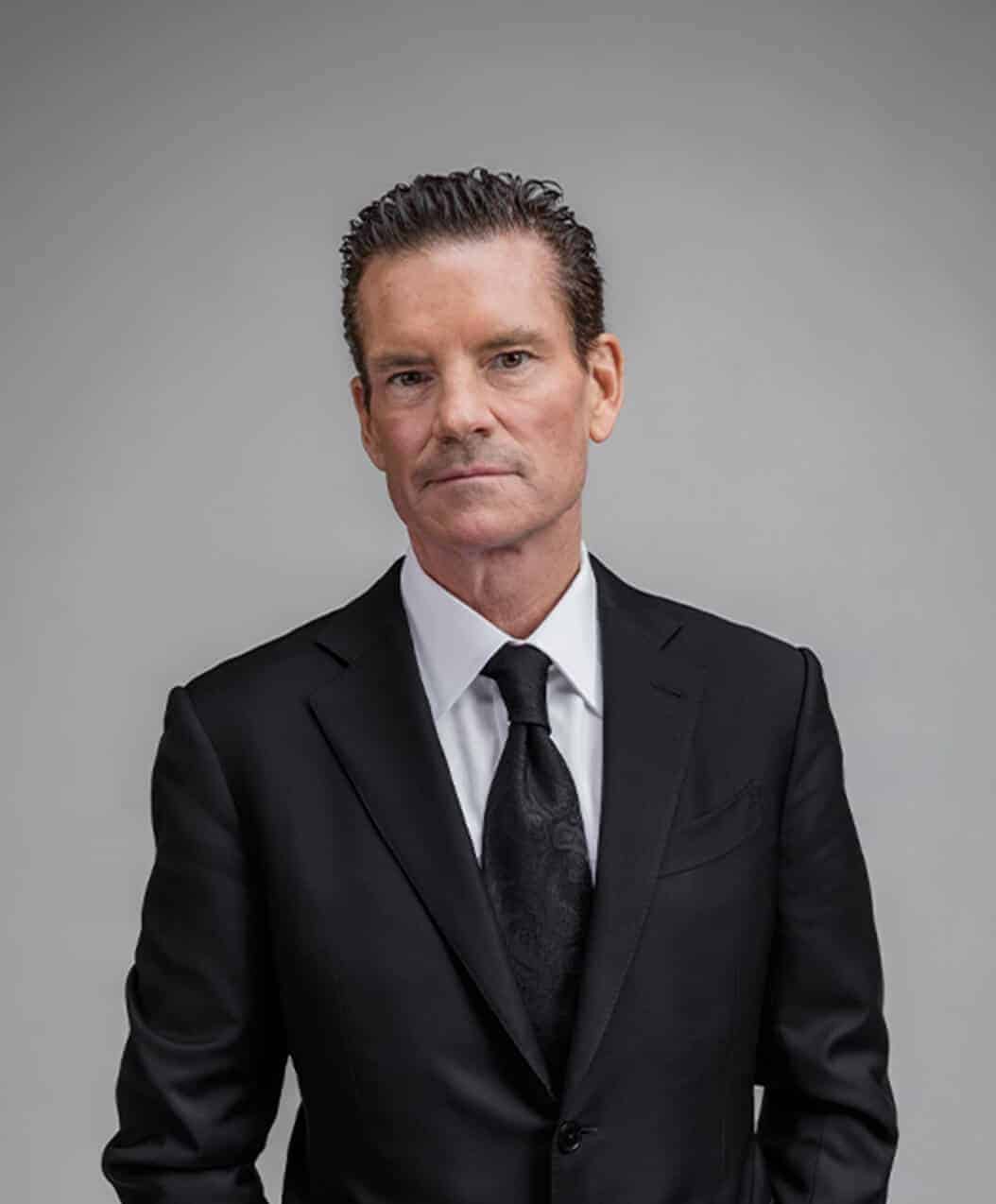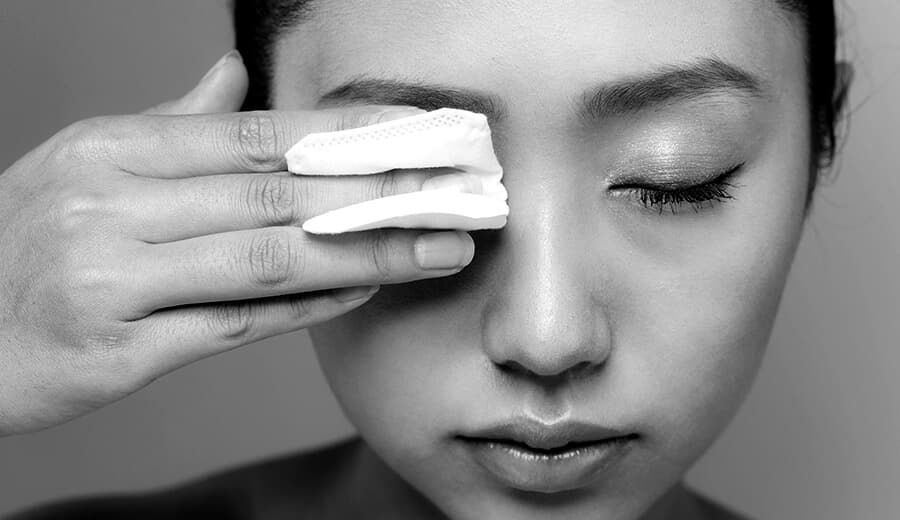August 26th, 2025
Dr. Mulholland, Md
When we first sit down with someone to discuss their breast augmentation procedure, we always talk in great detail about the recovery process.
Our patients want to know:
- Will there be much pain?
- When will I be able to wear a bra again?
- How big will my scars be?
- Will I have to book a lot of time off of work?
- When will I be able to start working out again?
These are important questions, and you deserve complete answers.
As one of the leaders in breast augmentation surgery in Toronto, we take pride in providing the best possible experience, from start to finish.
To make sure you know what that experience will look like, here is a glance at the post-op recovery process.
Will There Be Much Pain?
This is a crucial question. It’s important to know that you live in a modern age where breast implant procedures have never been as safe and gentle as they are today. That being said, pain is subjective. Different bodies process it in different ways.
Your physician will administer anesthesia to begin your procedure to make sure that the surgery is completely painless. After your surgery, it’s perfectly normal to experience some swelling and discomfort. But this can be easily controlled with an oral medication that we will prescribe for your recovery process.
The initial discomfort should subside in the first 2-3 days following the surgery. After that, most patients describe the feeling as a “bruised” sensation. Most people are able to return to light activities after that first week, and most are able to start driving again once they have stopped taking the medication.
You will want to start gently massaging your breasts to soften the implant pockets by the 3rd or 4th day. This will reduce the frequency of wrinkling and the risk of capsule formation by keeping the capsular collagen tissue soft.
Your implants will likely look and feel swollen, while sitting a little bit too high in the first couple of weeks. This is perfectly normal and they will soon settle into the pocket and assume a more natural appearance.
Of course, we will check in with you following your procedure to see how you’re healing and progressing, while giving you a chance to ask any follow-up questions.
When Will I Be Able To Wear a Bra Again?
You may have heard different answers to this question. That’s because there are different opinions among plastic surgeons. Some recommend not wearing a bra for up to 6 weeks following your surgery.
This is how we tend to do things: After your procedure, you can expect us to send you home wearing an elastic breast band, or a soft and supportive bra specially designed to keep your breasts as still as possible.
From there, we will stay in touch with you and see how you are healing, recovering, and feeling. Once things are moving in the right direction, your doctor will give you the green light to go bra shopping again.
We know that you probably can’t wait to go on a bra buying binge. But you will want to limit your purchases to 1-2 at a time, as it can take your implants up to 2-3 months to settle fully in place.
Many of our patients are most comfortable wearing sports bras for 2-3 months after the surgery. When looking for new bras, focus on finding something:
- Soft
- Made from a breathable and seamless fabric
- Lightweight
- Stretchable
- Wireless
You need to be particularly careful of wires during the first 6 weeks after your surgery. You may assume that a wire is great for support during the recovery process, but it can actually irritate the incisions on the crease beneath the breasts. This can make scarring more visible, which is obviously a big no-no.
How Big Will My Scars Be?
The mark of truly seasoned and experienced plastic surgeons is their ability to make breast implant scars almost completely imperceptible. This is truly where advanced skills, strategy and techniques shine.
How do you limit the size and visibility of a scar? Our surgeons strategically place the scars under your breasts. They will also close the openings with the help of high-tech strategies. An under-the-breast incision can also be elevated high up under your breast. This technique gives you a new fold.
This new crease placement is very helpful in two important ways:
- Your scar is now very hard to see in the standing or lying position. You would actually have to lift the breast to see it.
- The new fold is attached to the underlying tissue, which gives you more support and almost acts like a built-in underwire. This can help you fight any sagging or drooping over time.
At the same time, a leading-edge insertion device called the Keller funnel is also crucial in minimizing the size and length of a breast augmentation scar. This is a silicone-lined sterile insertion that keeps the length of the scar as low as possible, while it also minimizes the possibility of any insertion trauma or contamination of the actual breast implant.
Again, our incredibly talented Toronto Plastic Surgeons is one of Canada’s most respected and in-demand surgeons. Part of the reason for this is his ability to create amazing results with no visible scarring, which leads to some incredible before and after breast augmentation pictures that we can show you.
Will I Have to Book a Lot of Time Off of Work?
Nobody wants to use all of their hard-earned vacation time recovering from a breast augmentation procedure. Fortunately, there may be no need to.
We typically say that the standard recovery time for this surgery is about 2-3 weeks. But there are a lot of factors involved. For example, if you had a breast lift along with breast implants, that could be a factor. Or, if you got a fat transfer breast augmentation instead of breast implants, that will influence your recovery period.
Breast implants will take roughly 2-3 weeks to drop down into the pocket and sit at the expected height.
Here is a broad view of what to expect:
The First Week
You will notice a big reduction in the amount of swelling or bruising in your chest area, but there is still a decent amount of healing and settling to do.
You will want to speak with your surgeon, but by the end of the first week, many of our patients can resume a non-strenuous job and even do some light workouts. But, more on exercise later.
The Fourth Week
At this point, most of the swelling should have subsided. This means that your implants will have dropped down into the pocket and you are probably going to really start loving how they look from this point on.
The Sixth Week
By now, you should be able to comfortably resume just about all of your normal activities. This includes:
- Most sports
- Sleeping on your stomach
- Normal intimacy
Recovering at Home in the Work-From-Home World
The COVID-19 lockdown has actually resulted in a bit of a mini-boom for the plastic surgery industry.
A lot of people are looking to get chin lifts and facelifts after looking at their own faces on Zoom calls for extended periods of time over the last few months. Other people want a liposuction procedure to help them get rid of the so-called Quarantine 15.
However, another driving force has been the ability to recover at home while working from home. Most of our clients value discretion. They certainly don’t want everyone at work to know that they recently had breast augmentation surgery. Recovering from surgery while working from home gives you the chance to discreetly rest at home, while saving those vacation days.
You could conceivably take a Friday off to get your surgery and then dial into work on the following Monday. You can save your vacation days for a real vacation in the Caribbean or at the cottage!
When Will I Be Able To Start Working Out Again?
A lot of our patients are very fitness-minded. Their breast augmentation procedure just helped them achieve their dream body, and they can’t wait to get back to the gym and start maintaining this look.
… Not so fast.
Rushing back to the gym too quickly, or doing anything too strenuous, after a breast augmentation surgery is extremely dangerous. You can jeopardize your results!
Too much stress or movement in the chest area during the crucial healing time can cause your implants to move or shift position, which can lead to asymmetric or uneven boobs. This also opens up the door for added (and unnecessary) swelling, bruising, and tenderness.
At the same time, you don’t want to rest too much or become sedentary. That’s not good either. Generally speaking, you will want to remain mobile-but-not-too-active for the first 4 or 5 days after your surgery to keep your blood circulation moving.
Start slowly, gradually becoming progressively more active over the first few weeks. Walking is good, as it’s low impact and you can ease your muscles back into things.
When you start to get into your 3rd week, you can possibly start adding some more low impact cardio, but you will want to keep it to about 50% or 60% of your former pace and intensity. Even if you feel like you’re capable of more, take it easy.
Once you get into weeks 4-6, you can probably start to resume some light upper body workouts.
You will want to ensure that you discuss your fitness lifestyle and any sports you plan to play with your surgeon prior to the procedure. They will be the ones who monitor you and make sure everything is healing/ settling the right way.
What Can I Do to Speed up The Healing Process?
The most important things you can do are:
- Understand that the timelines we’ve discussed today are only a ballpark estimate, not a steadfast schedule
- Speak openly with your doctor and follow their instructions carefully
Everyone’s body is different and everyone has different reactions to surgery. You may feel great after the first week and stop taking any sort of pain medication. However, someone else may keep taking it for 3 weeks.
The early days are crucial, so you will also want to set yourself up to succeed. You will want to do little things like ensuring that you have some easy-to-prepare meals on hand, or just order in. You will also need several loose-fitting tops that are easy to put on. Something with zippers or buttons on the front is best.
You will also want to prepare yourself for the limitations of the early period. For example, you will have to avoid lifting anything over your head. This means you won’t be able to do every-day things like grabbing the mixing bowls from the top shelf in the kitchen, or lifting your kids up playfully.
We’re Here to Answer All of Your Questions
Again, this is just a broad overview of what the recovery process could look like. Your surgeon will check in with you to see how you’re healing and advise you on how you can proceed.
You probably have a lot more questions and we would love to answer them! We are currently using video calls for most of our pre-op (and post-op) meetings in an effort to keep the traffic in our clinic to a bare minimum during COVID-19 lockdown. We miss meeting people in person and shaking hands, but these video calls still give us a fantastic chance to meet (virtually) face-to-face and answer any questions you may have.
We are proud to offer two of Canada’s premier breast augmentation surgeons. Not only are they accomplished expert surgeons, they are also frequently interviewed by major media as thought-leaders in the plastic surgery industry.
What can they do for you? Find out by reaching out today!



